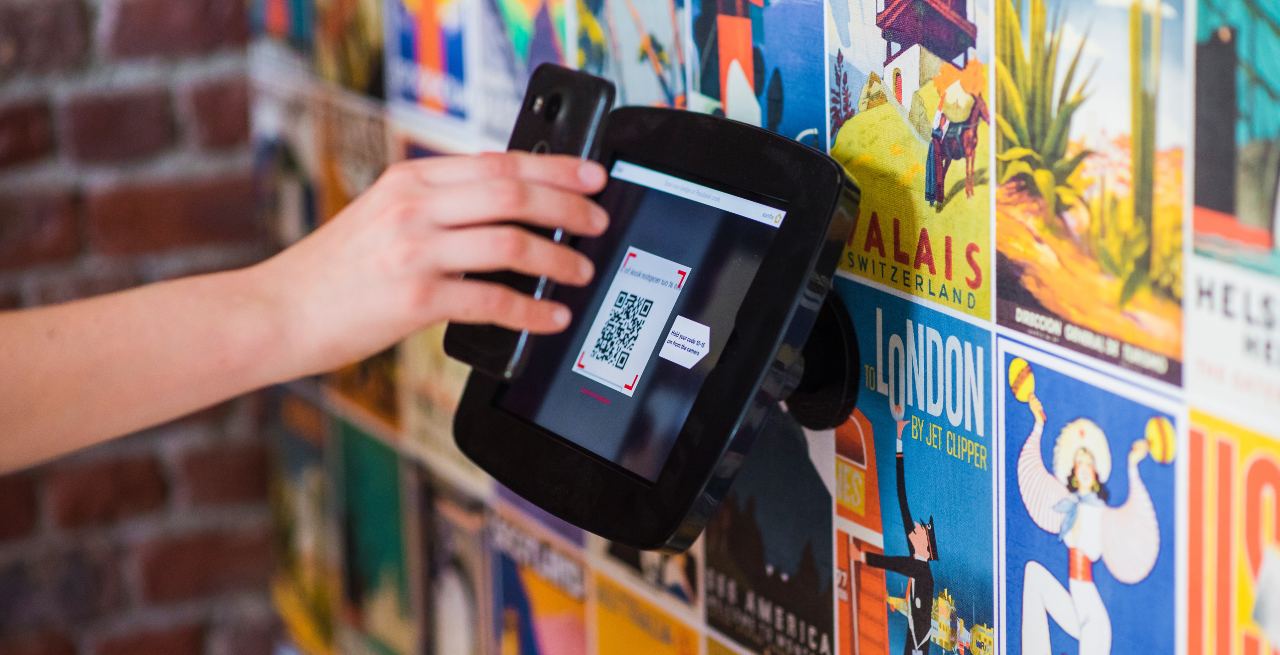Bytes & Bites: The Future-Ready Fusion of Foodservice and Technology
3 Min Read By Malika Street
The fusion of technology and food service is transforming the way restaurants operate, enhancing customer experiences, and shaping the future of the industry. From the way we place orders to how they’re prepared, every facet of the food service sector is being touched by technology. It’s not just about speed, efficiency or frugality – it’s a seamless customer journey.
Let's delve into how technology is revolutionizing the food service sector.
1. Online Ordering Systems and Delivery Apps
It’s believed that the global online food delivery market is estimated to be $130.2 billion and is expected to grow to $223.7 billion by 2027.
Since the pandemic, many consumers got used to enjoying takeaway meals in the comfort of their own homes rather than a restaurant, and that trend appears to be continuing.
With regulatory restrictions and strict sanitary regulations, online food ordering and no-touch home delivery services have become integral to the restaurant industry. But while many consumers are used to relying on third-party services, brands are effectively developing their own integrated apps and online platforms to build closer relationships with their customers and encourage direct loyalty.
2. Contactless Interactions
Contactless payment has become increasingly popular in the restaurant industry. According to 2020 Juniper research, approximately 53 percent of global transactions running through POS will be contactless in the next five years.
Like many budding technology trends, this began as a necessity during COVID – it’s not only quick and convenient, it’s also hygienic and safer.
This is becoming increasingly more popular too in sectors such as hotels, where features such as mobile check-in are empowering guests with independence to minimise stress and hassle and simplify their journey.
3. AI in Order Taking
Artificial intelligence is now taking orders at restaurants, proving more efficient than humans.
Fast food chains are beginning to introduce artificial voices in drive-thru locations – amongst them, Wendy’s is one of the first to bring in this technology, while Popeyes has launched a chatbot called Tori at their Louisiana branch.And early testing proves promising, with a 20-percent increase in speed and customer satisfaction, and an increase in drink sales alone of 150 percent.
Both chains have stated that they have no intention of replacing their real staff.
4. Kiosk Revolution
Self-service kiosks are transforming the customer experience in the food service industry. They offer a faster, more efficient service, reducing queues and wait times. But their benefits extend far beyond speed and efficiency.
Kiosks also provide a platform for upselling and cross-selling – Shake Shack found that within the first quarter, the introduction of kiosks had doubled their sales.
This is largely because when customers order via kiosks, they tend to add more items to their orders. The privacy and non-rushed environment of a kiosk can encourage customers to explore the menu more thoroughly, leading to increased add-ons and upgrades.
The restaurant also announced that it intends to install kiosks at all 460 of its outlets by the end of this year, thanks to its ability to aid when staffing levels are low and overall reduce labour costs.
5. Digital Kitchen Boards
In the bustling environment of a restaurant kitchen, clear communication and efficient workflows are paramount.
Digital Kitchen Boards are digitised versions of traditional menu boards that also serve as dynamic tools to enhance accuracy in the food service environment. They provide real-time updates on orders so that kitchen staff can see exactly what needs to be prepared and when, eliminating the need for paper tickets which can be lost or misread. This works to increase the accuracy of orders produced, as well as minimising wastage (up to 18 percent of all food waste each year is estimated to be the result of the food service industry).
Unlike other items on this list, the digital kitchen boards don’t serve to reduce labor costs and replace the human workforce. Instead, they’re designed to help kitchen staff do their jobs more effectively and efficiently.
By taking care of routine tasks and providing clear, real-time information, it allows staff to focus on what they do best: preparing delicious food and providing excellent service.
Digital kitchen boards can be a powerful tool in the modern restaurant's arsenal. By enhancing communication, streamlining workflows, and improving accuracy, they can help to create a more efficient, productive, and enjoyable kitchen environment.
As we move forward, the integration of technology in food service will continue to evolve, offering new opportunities for innovation and growth.


